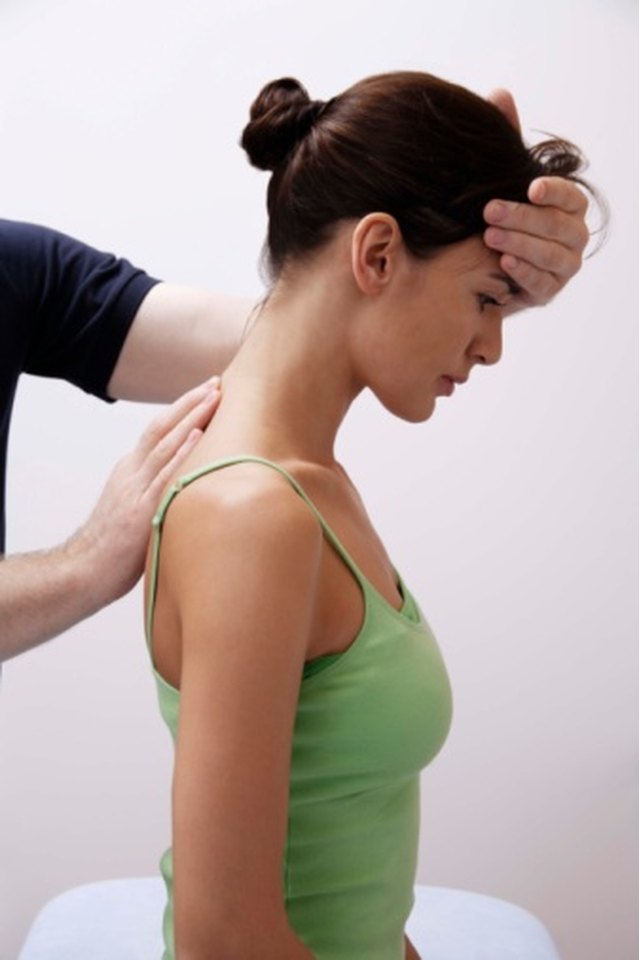What does fact checked mean?
At SportsRec, we strive to deliver objective content that is accurate and up-to-date. Our team periodically reviews articles in order to ensure content quality. The sources cited below consist of evidence from peer-reviewed journals, prominent medical organizations, academic associations, and government data.
The information contained on this site is for informational purposes only, and should not be used as a substitute for the advice of a professional health care provider. Please check with the appropriate physician regarding health questions and concerns. Although we strive to deliver accurate and up-to-date information, no guarantee to that effect is made.
How to Find a Knot in Someone's Back

Back knots are painful areas of tension that typically develop in the upper back area between the shoulder blades. The knot results from a muscle spasm called a myofascial trigger point. Knots are also caused by poor posture, computer usage, and exercise. If knots are not treated, they can cause continued pain and tightness. Stretching before workouts and while at the computer helps keep knots from forming. You can ask another person to help locate the knot in your back by applying pressure to different areas to determine the trigger point.
Place a soft mat or blanket on a flat surface such as a floor or mattress. Guide the person experiencing the back pain to lie flat, front-side down, with their arms beside their body.
Ask the person to inform you when feeling unusual pressure or pain as you knead and massage the back, shoulders and neck. This will indicate the source of the muscle spasm causing the knot.
Apply medium pressure,with your fingers to locate and soothe knots between the shoulder blades, throughout the neck and on both shoulders. Knead the areas throughout the back with your fingertips or knuckles.
Massage the knots you have located to release pressure. Press into each knot gently using your fingers. Tell the person to take a couple of deep breaths while you apply pressure to the problem area.
Ask the person to lay on his back on the floor. Request that the person raise his back from the floor slightly. Place a tennis ball between the person's body and the floor, directly underneath the trigger area where the person indicated the knot existed.
Ask the person to place pressure on the ball by pushing down towards the floor and to relax the body once achieving a comfortable amount of pressure.
Conduct the tennis ball massage exercise for five minutes or until the person feels the knot release. Repeat the exercise to release other knots.
Warnings
Do not apply to much pressure to someone's back unless instructed to do so. You can make the condition worse if to forceful.
References
Warnings
- Do not apply to much pressure to someone's back unless instructed to do so. You can make the condition worse if to forceful.
Writer Bio
Taylor DiVico is a professional songwriter, content writer, fiction novelist and poet with more than 15 years of experience. DiVico holds a B.A. in philosophy from the University of Rhode Island and an M.S. from Syracuse University.
